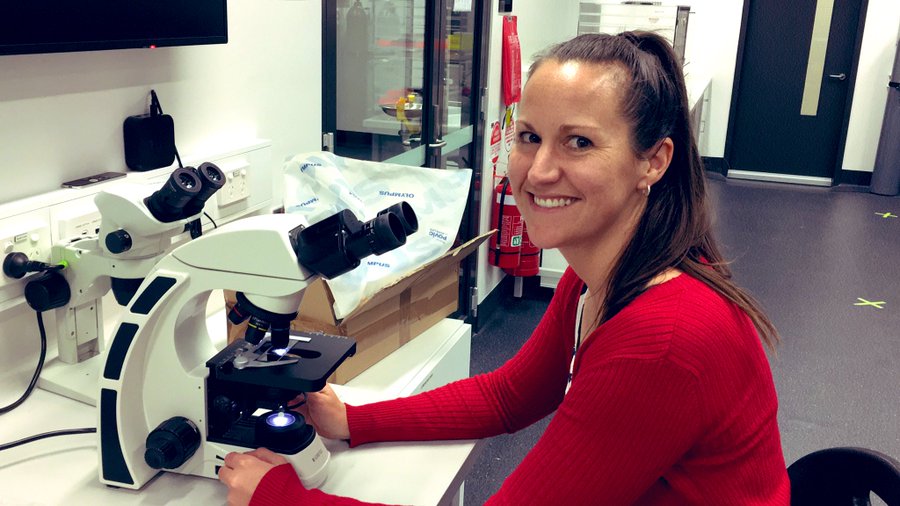By Helen Bostock
Over the last decade the main theory to explain the changes in the atmospheric concentration of CO2 between glacials and interglacials, has primarily focussed on changes in the circulation of the Southern Ocean controlling the release of CO2 from the deep-ocean reservoir. However, there is still considerable debate about the path and timing of the CO2 release during the deglacial. A recent study on sediment cores from the SE Pacific has shed new light on this debate. Siani et al., (2013) found changes in the surface reservoir radiocarbon (14C) age, determined from the difference in the 14C age of planktic foraminifera compared to tephra ages in cores from the SE Pacific. The study found that periods of increased surface reservoir ages were coeval with the timing of upwelling events in the Southern Ocean and increases in atmospheric CO2 during the deglaciation. The increased upwelling of old, carbon-rich, deep-waters is supported by reductions in the difference between 14C benthic-planktic foram ages and the stable carbon isotopes (d13C), the latter of which are primarily controlled by biological production and respiration in the water column. They see three periods of upwelling initiating with a short pulse at the start of the deglaciation at 18.5 ka, then between 17.5 and 14.5 ka and finally between 12.5 to 11.5 ka.
The authors also recalculated the deep-water reservoir age for intermediate depths from the SE Pacific (De Pol Holz et al., 2010) and show that there is older Antarctic Intermediate Waters during the deglaciation. Thus providing a pathway for this old CO2 signal from the Southern Ocean.
This is also a critical study for showing that the surface 14C reservoir age can vary considerably overtime and if we do not adjust for these changing background reservoir age we cannot accurately compare paleoclimate records from the oceans with the ice and terrestrial records. Changes in the surface 14C reservoir age during the last deglacial have previously been suggested for the New Zealand region by comparing the 14C age of planktic foraminifera with local tephra (Sikes et al., 2000). But recent improved dating of some of the widely deposited tephra’s for example the original increased surface reservoir age around the time of the Waiohau Tephra no longer exists (Lowe et al., 2013). Perhaps it is time for a relook at the surface 14C reservoir ages around New Zealand before confidently comparing with other global records. This is however, trickier in regions where there is no widely deposited tephra layers that can act as chronostratigraphic timelines (e.g. Australia, South Africa). One critical region where it will be very important is the Southern Ocean.
This work suggests we need to be careful comparing marine records dated using 14C and an assumed constant reservoir age with other paleoclimate records…..one of the main objectives of the INTIMATE and SHAPE projects.
References
De Pol Holz et al., 2010. No signature of abyssal carbon in intermediate waters off Chile during the deglaciation. Nature Geoscience, 3 , 192-195.
Lowe et a., 2013 Ages of 24 widespread tephras erupted since 30,000 years ago in New Zealand, with re-evaluation of the timing and palaeoclimatic implications of the Lateglacial cool episode recorded at Kaipo bog. Quaternary Science Reviews,74, 170-194.
Siani et al., 2013 Carbon isotope records reveal precise timing of enhanced Southern Ocean upwelling during the last deglaciation. Nature Communications, doi:10.1038/ncomms3758.
Sikes et al., 2000. Old radiocarbon ages in the southwest Pacific Ocean during the last glacial period and deglaciation. Nature, 405, 555-559.
